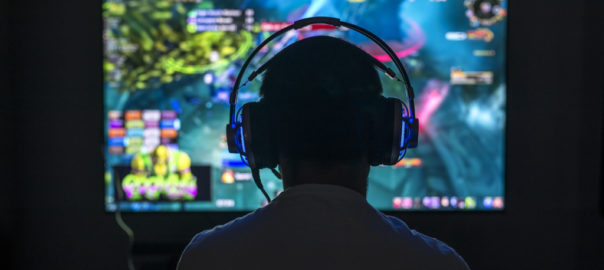The internet is a great technological advancement, but doesn’t come without the negative. Today bullying goes beyond physical harassment at school – it’s on a worldwide platform now. Cyberbullying is the new form of bullying.
Understanding cyberbulling
So, what is cyberbullying? It is the use of technology to harass, threaten, embarrass, or target another person. With most kids using technology differently than adults do, it can be hard to understand how online bullying occurs. Starting at an early age, teens spend a significant amount of time in the digital world – playing games, sending texts, and engaging with peers on social media.
Cyberbully can involve embarrassing or private images as well as negative or hurtful language. It involves sharing information intended to cause embarrassment or humiliation. What makes cyberbullying even more difficult for teens is that content shared online is persistent, and sometimes permanent. The pervasive nature of technology reduces safe spaces for teens. Youth can be harassed, threatened, intimidated, or humiliated by peers even when they’re at home.
Cyberbullying has become pervasive because the technology makes it easy. “Faceless” bullying occurs anonymously when someone creates fake account for purposes of trolling or harassing. Unfortunately, sending a mean text, leaving that harsh comment, posting that embarrassing picture is easy, fast, and simple.
Recent studies about cyberbullying rates have found that about 1 in 4 teens have been the victim of cyberbullying and about 1 in 6 admit to have cyberbullied someone. In some studies, more than half of teens surveyed said that they’ve experienced abuse through social media. Here in Hawaii, over 20% of middle schooler reported that have experienced cyberbullying.
Impact on youth
Cyberbullying can happen anywhere and at any time of the day. If your child is experiencing cyberbullying, they may exhibit behaviors indicating there is a problem. Signs of cyberbullying may vary but can include:
- Being emotionally upset during or after using the Internet or the phone
- Being very secretive or protective of one’s digital life
- Withdrawal from family members, friends, and activities
- Avoiding school or group gatherings
- Slipping grades and “acting out” in anger at home
- Changes in mood, behavior, sleep, or appetite
- Wanting to stop using the computer or cellphone
- Being nervous or jumpy when getting an instant message, text, or email
- Avoiding discussions about computer or cellphone activities
If you are seeing these behaviors, talk to your child about what you’re seeing. Express your unconditional support. Take the time to listen and find out what’s happening without overreacting. If necessary, seek help. Kids sometimes feel more comfortable talking to a third party like a school counselor or mental health therapist.
What parents can do
When children are given access to devices that provide a window to the online world, it’s important the interaction is monitored. For younger kids, know their passwords, use search blocks, and be aware of what apps they use. For older adolescents, set the groundwork for safety, follow your child’s social media accounts, and encourage them to interact with their friends outside the digital sphere. You can’t fully protect your child from becoming a victim of cyberbullying, but it could minimize the opportunity. Many youth logged on their Instagram, snapchat, or twitter and chatting or sending direct messages most of the day. Sometimes kids are posting things of themselves in a manner that might be inappropriate for their age level. Staying involved in your child’s cyber world is where protecting can start. As as parent, you can set guidelines and boundaries around technology use, educate your child about online risks, and encourage them to discuss when they feel intimidated or shamed by others.
Encourage your teen to not respond to cyberbullying because by doing so it adds more fuel to the fire and may make the situation worse. But document all conversations, threatening messages, pictures, texts, etc. so it can be used as evidence with whoever the other party, school, parents, or even the police.
So what if your child is the bully? Deal with the issue at hand, straight up, no sugar coating it. But don’t be too harsh on them. Find out the story, and what is really going on. Be firm about their actions not being okay, and the consequences that come with those actions. Try to make them see that if it was the other way around how they would feel about it. Help them see the whole picture not just their version of the story. Bullying in any form isn’t acceptable and there can be serious consequences at home, school and in the community. They might not see all the damage they are causing, help them put it into perspective. Be sure you are modeling healthy online behavior for your teens.
Overall, be there for your teen and help them grow into mature adults. Family support goes a long way as teens try to find their way in an ever-changing world. If they are struggling with things you might not know how to help with, encourage them to talk with a therapist. Bottom line, be involved in their cyber world, and in the real world.
